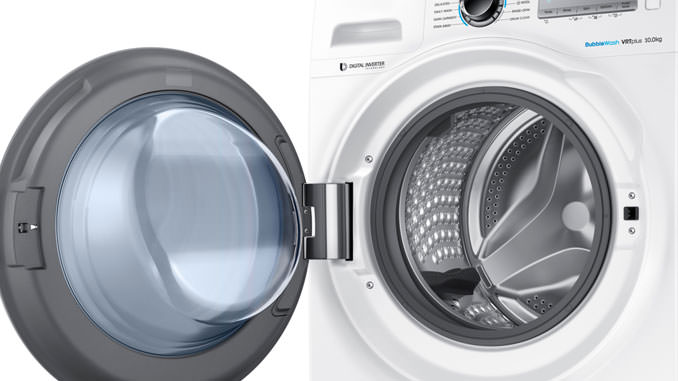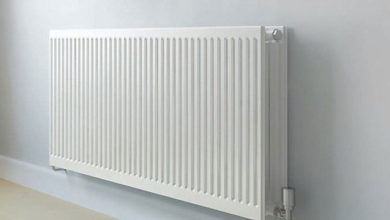
How to clean the washing machine with vinegar
The washing machine is one of the most loved appliances by homemakers, as it allows you to do numerous washes without having to tire excessively by washing all the laundry by hand. Like any equipment, this must be preserved in the best possible way, always to guarantee clean clothes over time.
In addition to good routine maintenance, the basket and seals must also be constantly cleaned, using vinegar. In this regard, here is a guide with some tips on how to use this natural product.
Vinegar, being a derivative of wine, can be used not only for seasoning food but also for household cleaning and many household appliances, such as the washing machine.
Cleaning the basket with this product means eliminating all the residues of dirt that remain stuck inside. To operate in the best possible way, you need to take a sponge, warm water, and perfumed detergent, which must be passed over the door. And all over the outside of the washing machine.
Subsequently, it is necessary to proceed with a wash without any garment, but only with detergent and at least a white vinegar glass. In this way, the inside of the washing machine will be free of odors and, at the same time, perfectly disinfected.
In doing this cleaning, you should not overdo it, so you should avoid cleaning it often, since the vinegar has a strong degreasing action but is also aggressive, and in the long run, it could corrode and damage some iron and plastic parts. After washing, you can put more vinegar in a plastic container and then clean the external parts using a soft sponge.
Vinegar is really an excellent ally for homemakers, as it is ideal for keeping the washing machine efficient for a long time. After having treated it as we have seen in the previous steps, you must always leave the door partially open to allow the washing machine’s circulation.
Air, and keep the degree of humidity inside to a minimum. Cleaning should be carried out about once a month. If there are evident traces of limescale in the drum or the detergent compartment, you can also add a spoonful of baking soda, which, being abrasive, can optimize the result.




